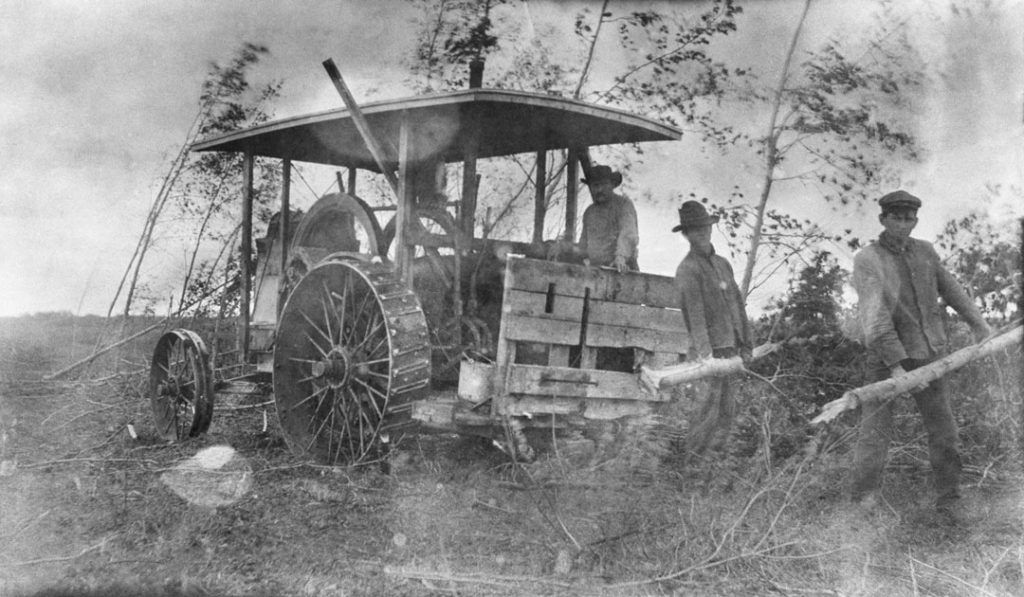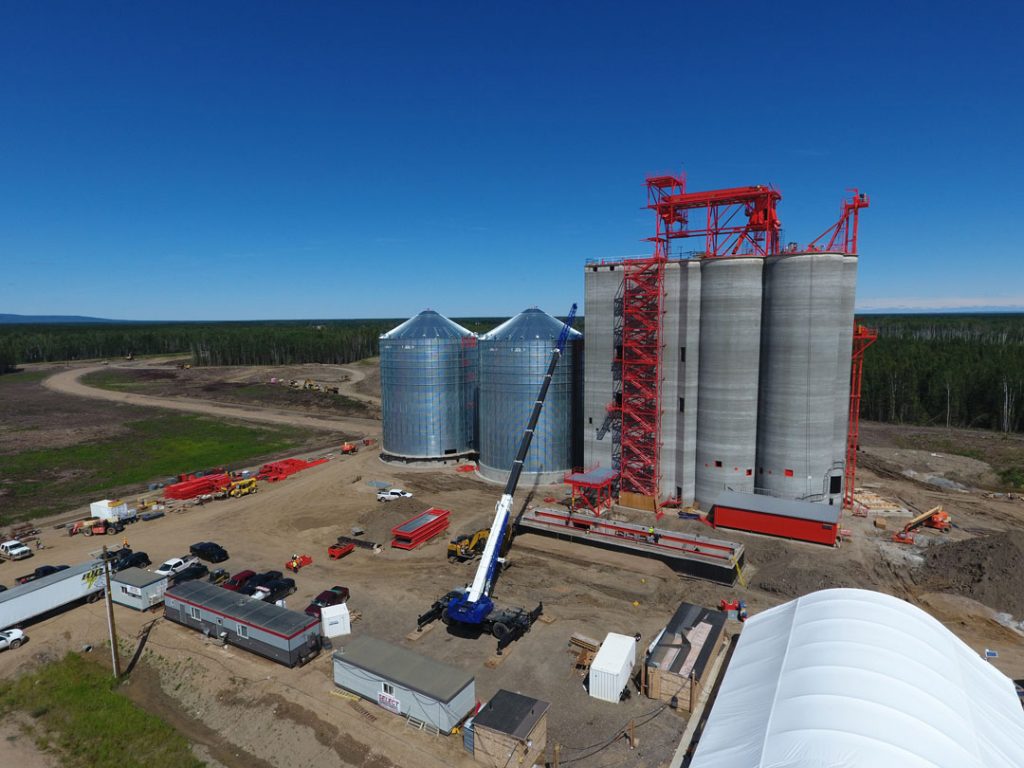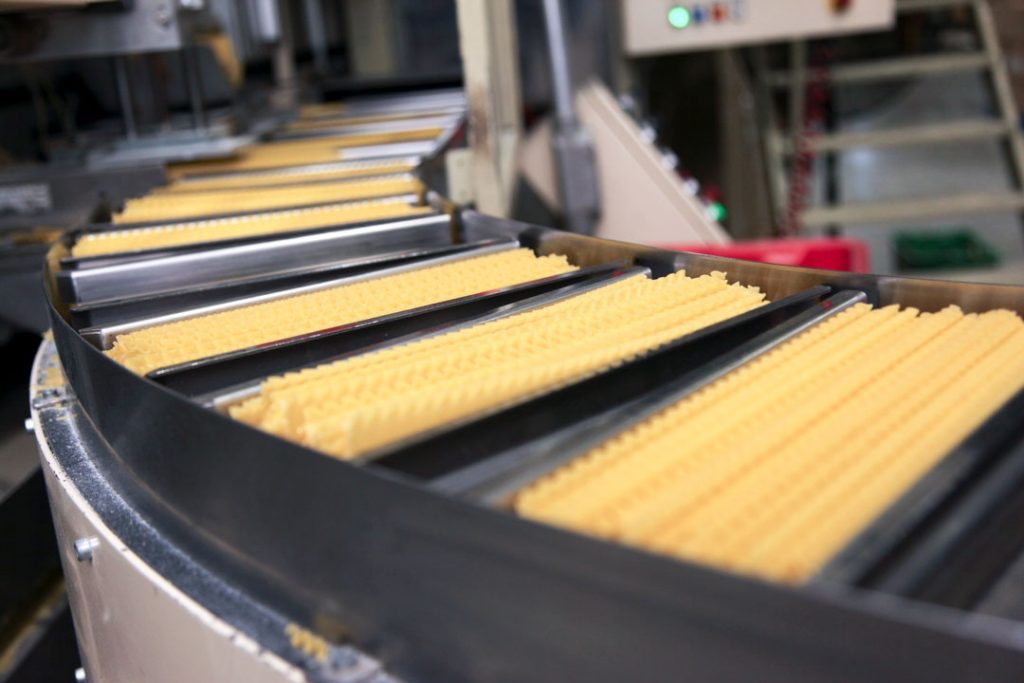EXPERT INSIGHT
If you thought being the new kid in school was a lot of pressure, try being the new research chair at a place of higher learning. With the support of industry groups, three agricultural chairs recently appointed by western educational institutions are tasked with prioritizing and planning research efforts. As they take a seat at the farm research table, they aim to contribute to the betterment of the Prairie grain industry.













